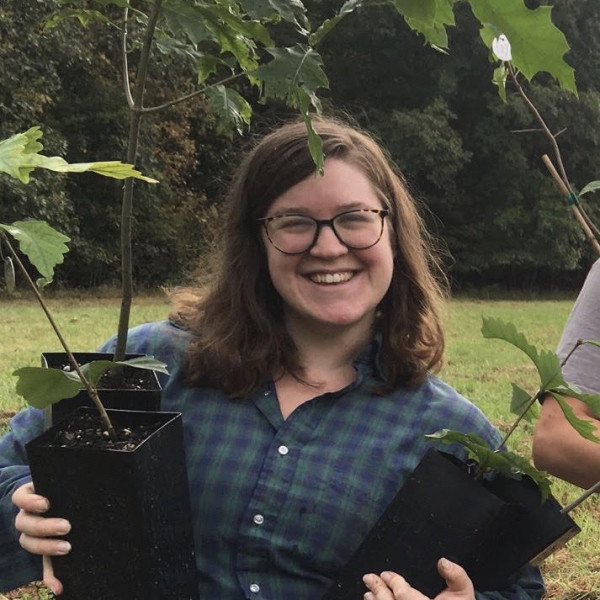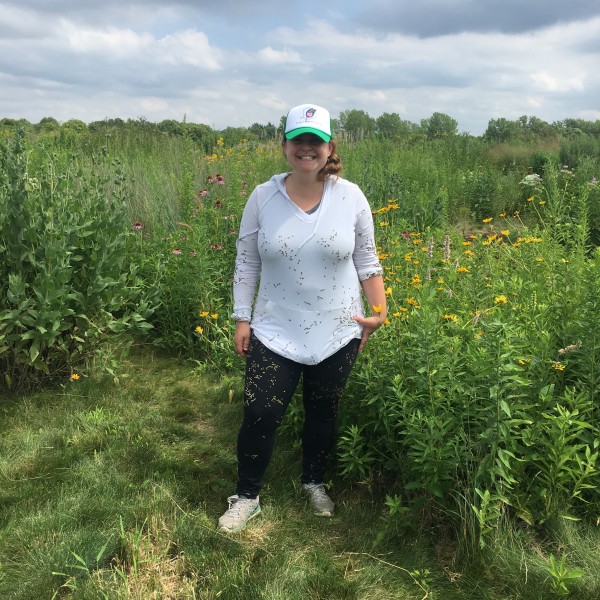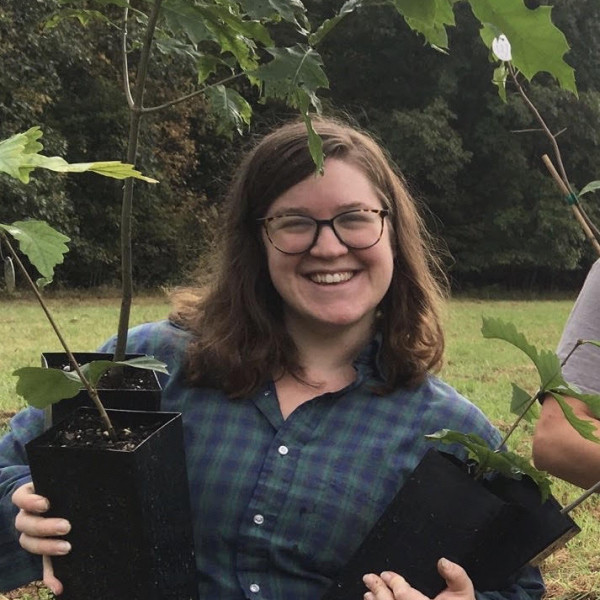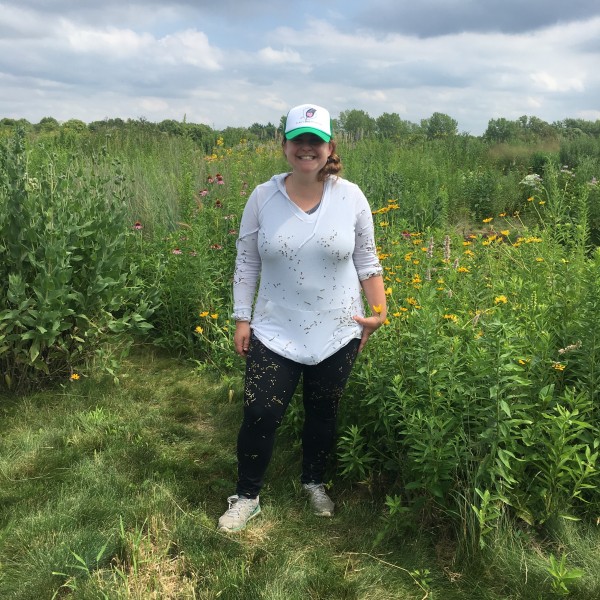
Understanding patterns of plant functional trait diversity in oak woodland restoration 2022
There will be opportunities to spend time in both the field collecting plant tissue and measuring plant traits, as well as in the lab processing and analyzing the collected plant tissue.
Ecology, Fieldwork, Labwork, Plant Traits
Ecological restoration— efforts to aid the recovery of degraded ecosystems—is vital for combating biodiversity loss. A primary goal of restoration is to improve the number and type of plant species at a restoration site. However, plants will survive at a restoration site only if they have functional traits to withstand the abiotic (e.g., soil and light conditions) and biotic (e.g., competition with other species) environments. In this way, the abiotic and biotic conditions at a restoration site act as sieve-like filters, allowing species with certain traits into the site, and keeping others out. During ecological restoration, management actions are expected to alter both the abiotic and biotic conditions, thus directly influencing the identities and abundances of plants in a community. Further, as these abiotic and biotic conditions continute to change during ecosystem recovery, the ecological filters at a restoration site may change. For example, in the early stages of restoration, species' establishment and survival may be limed by poor abiotic conditions, but after many years of restoration, competition with other plant species may become more important. My research focusings on understanding the ways in which management actions alter the ecological filters at a restoration site, and thus influence the plant biodiversity in restored communities. This summer, I will build on a dataset of plant biodiversity in seven oak woodland restoration sites in the Chicago region. For 180 species found in these restoration sites, I will collect and measure plant functional traits related to a species' ability to disperse, establish and persist. I will evaluate patterns of plant functional trait diversity across these seven restoration sites to understand how management actions act as ecological filters, driving the abundance and identities of plants in a restored community.



